Mustang trek in Nepal. The Upper Mustang trek with its breathtaking landscapes and timeless Himalayan villages is a dream for many trekking enthusiasts. The trek to Lo Manthang is time travel.
With the massive earthquake of April 25, 2015, in Nepal, my plan to trek the Nepali part of the GHT (Great Himalayan Trail) was buried under the rubble.
In autumn 2016 I had to limit myself to two months in the Nepalese mountains. The first two weeks I spent with my sister Käthi, her husband Urs and Bishwa Rai and his guide team in the Upper Mustang. Yes, for you who know me unthinkable that I am travelling with a guide. But the Upper Mustang is only open for tourism since 1992. And it still is only possible to discover this beautiful former kingdom with a guide.
The upper Mustang trek
This trek to Lo Manthang took us along the old trade route. The hospitality of the locals was at least as impressive as the mountain scenery. The stark contrast of the barren, desert landscape to the warmth of the Nepali people is unique and unforgettable. Originally, the former kingdom of Mustang was part of the Tibetan empire and is therefore still very closely linked to Tibet.
As habitual mountain hikers and sportsmen, the trek to Lo Manthang was enjoyable and easy for us. However, on bus rides on Nepalese road tracks, we reached our personal limits. More explanations later…
Pokhara – Jomsom
With a propeller plane, we flew from Pokhara to Jomsom. The route runs along, respectively through the Kali Gandaki valley, the deepest valley in the world. The difference in altitude between the lowest point and the western peak Dhaulagiri (8167m) is more than 5600m. To the east of the valley rises Annapurna (8091m). For centuries, an important trade route ran along the Kali Gandaki between Tibet and India, especially for salt and rice.
Jomsom-Kagbeni
With excitement and much anticipation of seeing a former Buddhist kingdom, we start hiking the same day. The upper Mustang trek takes us on a dirt road along the Kali Gandaki River to the village of Kagbeni for our first overnight stay. The standard of this teahouse exceeded my expectations by far. And we experienced for the first time the overwhelming hospitality of the locals. Old houses, first prayer wheels and a temple characterized the cosy village.
Kagbeni – Syanbochen
The trek led us further along the gravel road at the river bank. Shortly after passing the small settlement of Chunksang, we crossed a bridge over the Kali Gandaki and reached the village of Chele. The bridge is at the end of the river valley bottom. and at the time of our Mustang trek, it was still the end of the gravel road and thus the end for any vehicles.
Beyond Chele, the trail became steep. The path was partially carved out of the rocks of the canyon. The unaccustomed heat (not infrequently the daytime temperatures reached over 25 degrees C), the increasingly rising altitude and thinner air make us shift down a gear. I am living in Swedish Lapland, 300 metres above sea level and am pretty unused to these conditions :-)!
We cross the Taklam La pass with the wonderful view of Tilicho Peak and Nilgiri. More leisurely we continue along rushing streams and through juniper bushes until we reach Syanbochen.
Daal Bhat in Nepali kitchen
For dinner, we gather in the kitchen of the hosts. We enjoy the warmth of the stove and consume a large and delicious plate of Daal Bhat. Daal Bhaat is the national dish of Nepal. In Nepal, there are only two main meals a day, in the morning before 10 am and in the evening, both times Daal Bhaat. Daal means lentil soup, which is usually relatively watery and very salty, and Bhaat means boiled rice. Nowadays there is often a cooked vegetable, tarkari, also, so actually Daal Bhaat Tarkari.
Electricity is in Nepal only available in large settlements in the lowlands and only for upper-caste Nepalis. Therefore, it is needless to mention that there is hardly any heating in the houses, despite sometimes autumnal night temperatures of -10 degrees C. Only the kitchen is heated by cooking on a bolero stove heated with dung (dried yak dung). And of course, even this very sparse to save on dung.
Syanbochen – Lo Manthang
We climb up to Yamda La and pass many teahouses and villages built in Tibetan style with open verandas. The famous tree avenue and barley fields accompany our way to Nyi La Pass, one of the highest points of the upper mustang trek to Lo Manthang and the southern border of the former kingdom of Lo.
We reached Lo Manthang after three more eventful days of hiking. The nights in between we spent in the settlements of Ghemi and Charang. We hiked daily along spectacular Mani walls (stone walls of Buddhism). Some highlights of this route were the great white dzong (monastery castle) and the red gompa in Charang.
Religions in Nepal
Even though the Hindus far outnumber the Buddhists in Nepal, it is the evidence of Buddhist culture and religion that primarily characterizes the image of the more touristically developed regions. Upper Mustang, however, due to its proximity to Tibet, is predominantly Buddhist.
Many different religious groups are represented in the population of Nepal. Hindus make up the majority with about 80 %. While Buddhists, Muslims and Christians together with other smaller religious groups make up the remaining 20%. All religions live peacefully side by side and with each other.
Lo Manthang the capital of Mustang
Lo Manthang is now inhabited by more than a thousand people whose houses are enclosed by stone walls. After moving into our accommodation, we began our journey of discovery of the capital of the former kingdom of Lo.
Mustang officially belongs to Nepal, but until 1950 it had the status of an independent principality. Even today, the old kingdom is domestically autonomous and the Raja (king) is universally respected.
On our break day in the capital, we visited the impressive Royal Palace, an absolute must. We strolled through the many narrow streets, along with prayer wheels and visited some of the monasteries and gompas. Urs, however, opted for his extensive running workout. Käthi and I also made a detour to the low caste settlements.
Starting in the tenth century, many Hindus migrated from India to Nepal. The coexistence of the immigrant Hindu groups from India and the originally non-Hindu tribes in Nepal has resulted in a distinct caste system.
There are four main castes in Nepal:
Starting at the bottom with the Bahun (in India the Brahmins), Chetris (in India the Kshatriyas), Vaishyas (the traders), Sudras (the untouchables). Also, there is a clear separation of the pure and impure castes. The separation is made by a so-called water line, which says that pure castes are not allowed to accept water or food from impure castes.
Lo Manthang – Muktinath
The next day we left the walled town of Lo Manthang and climbed high to Marang-La (4290 m), the highest point of our Mustang trek in Nepal. The Highland trail is fairly flat up to Marang La. After that, however, the trail descends a steep path to Dhakmar.
With a spectacular view of the valleys and surrounding countryside, we head to Ghemi village for the night. We continue past the settlement of Geling, surrounded by barley fields, monasteries and chörts. Chörten is cult buildings of Tibetan Buddhism and represent the local development of a stupa.
The village with its white and ochre houses with clay roofs is typical of the Upper Mustang landscape. Via Syangbochen and Chusang we finally reach Muktinath. The destination of trekking tours as well as pilgrimages of followers of Hinduism and Buddhism. As a result, tourism is much more noticeable in this place. Souvenir stores and advertised handicrafts are part of the local scene. A gentle return to civilization.
The sacred site Muktinath
The monastery in Muktinath is one of the most important sacred sites for Hindus in Nepal. The holy water flowing from the 108 taps near the Vishnu temple also attracts us. Muktinath is the home of many Tibetans and thus sacred to Buddhists as well. But the two religions coexist here without any problems.
Plans changed – Adrenaline raised
Further planning was actually a hiking day back to Jomsom. From there, we should go by propeller plane back to Pokhara. But the weather played a trick on us and the flight did not take place. Our guide Bishwa changed plans…
By bus, we rattle over the new gravel road down the mountain, back to the valley bottom of Kali Gandaki. The driver of the bus is not afraid and lets the rickety vehicle rumble at full speed over the slope. The local passengers were also in a happy chatter and relaxed. On our white-skinned foreheads, however, fear sweat beaded. Eyes closed and hands clasped around a bar, we wished only to arrive in Jomsom. But mercilessly the journey continues… We were fortunately unaware at this point that this ride was only an easily digestible appetizer of a three-course dinner.
The bus as well as the driver was changed in Jomsom. Another two days in a rattling and clanking “high-class tourist bus” were ahead of us. At the walking pace, the vehicle drove with us along the edge of the abyss of the deepest valley in the world. One side of the bus often grazed the rock face and the opposite wheels were on the precipice to Kali Gandaki. If the bus was stuck in the monsoon match, the gas pedal was pushed hard to move the colossus back and forth. Some of these manoeuvres lasted for hours and made us get off the bus in anxiety. On the whole route, oncoming traffic existed, for us, it was visible even from a distance. But it was not recognized as an obstacle by the driver until the buses were stuck nose to nose in the match.
Unexpectedly, we reached Pokhara after two days anyway healthy. Rarely in my life have I been more afraid, and never have I felt so helplessly exposed to fate.
An invitation to dinner with Bishwa’s family in Pokhara was a nice ending to the Upper Mustang trek and our time together. With heavy hearts, we said goodbye to everyone and flew back to Kathmandu as a threesome.
Back in Kathmandu
On our last day with Käthi and Urs in Kathmandu, we visited the Buddhist stupa of Boudhanath. At that time it was about to be reopened after the earthquake. An unforgettable experience was also the visit to the famous Hindu temple of Pashupatinath with its Sadhu priests and cremations of the dead. Incredible contrasts that would make a blog post in themselves.
The next day, Käthi and Urs flew back towards Switzerland. Our great time together on the Upper Mustang trek to Lo Manthang took its end. I stayed in Nepal for another six weeks. Where my legs took me I will tell you in my next blog.
But one thing I can already reveal… the bus ride described above brought me to my limits. But the jeep ride at the end of the coming trekking gave me wings to sniff the life BEHIND my limits.
For more hiking about hiking check …on trail, or for example, my blog about the Pacific Crest Trail














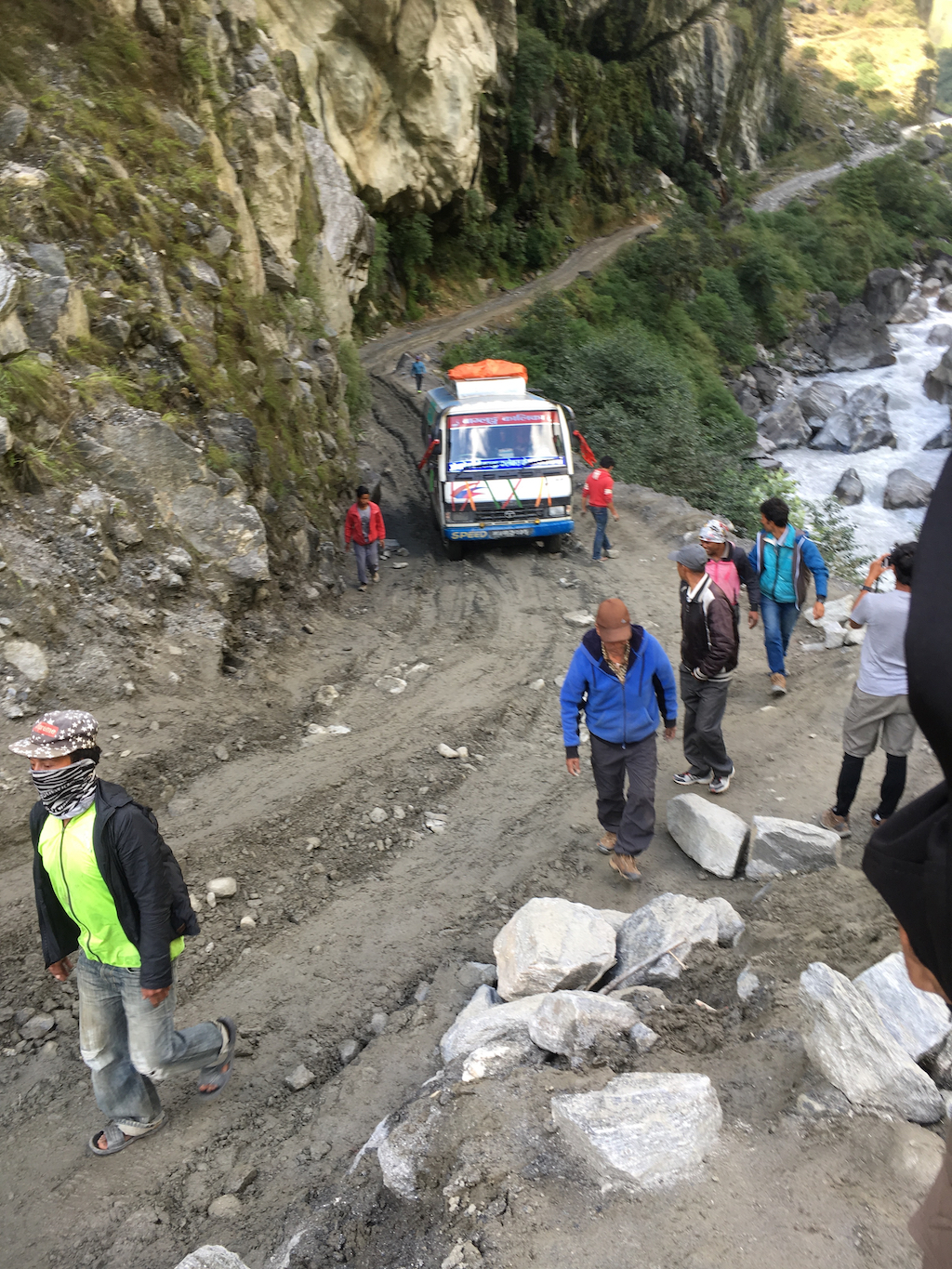

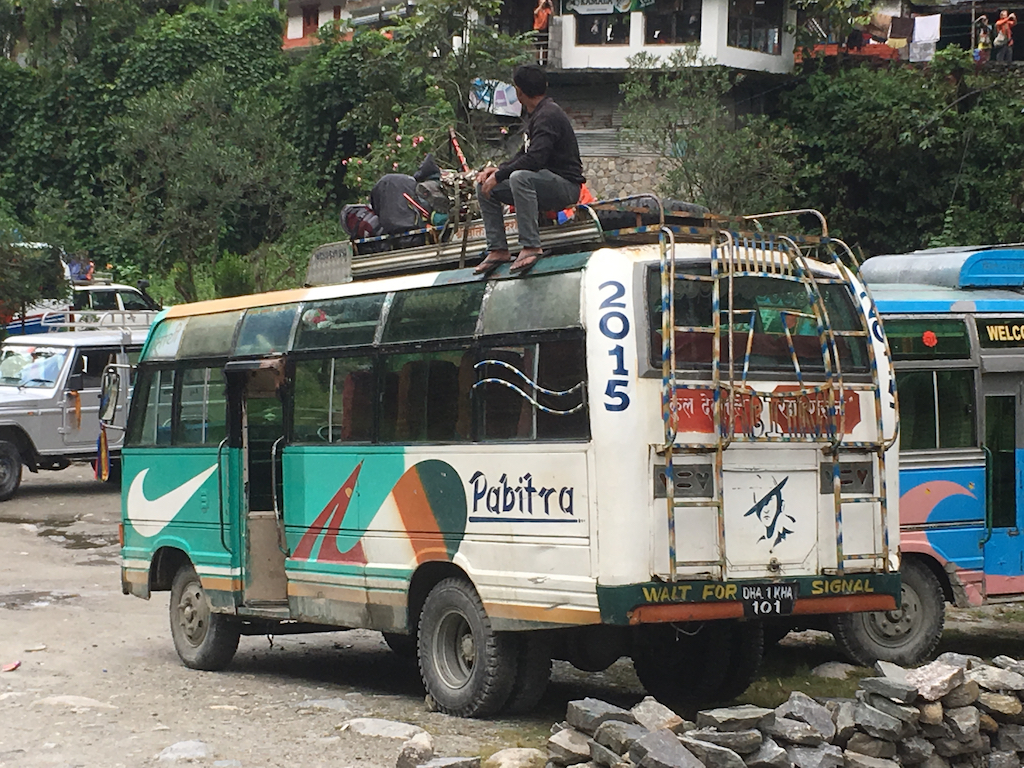

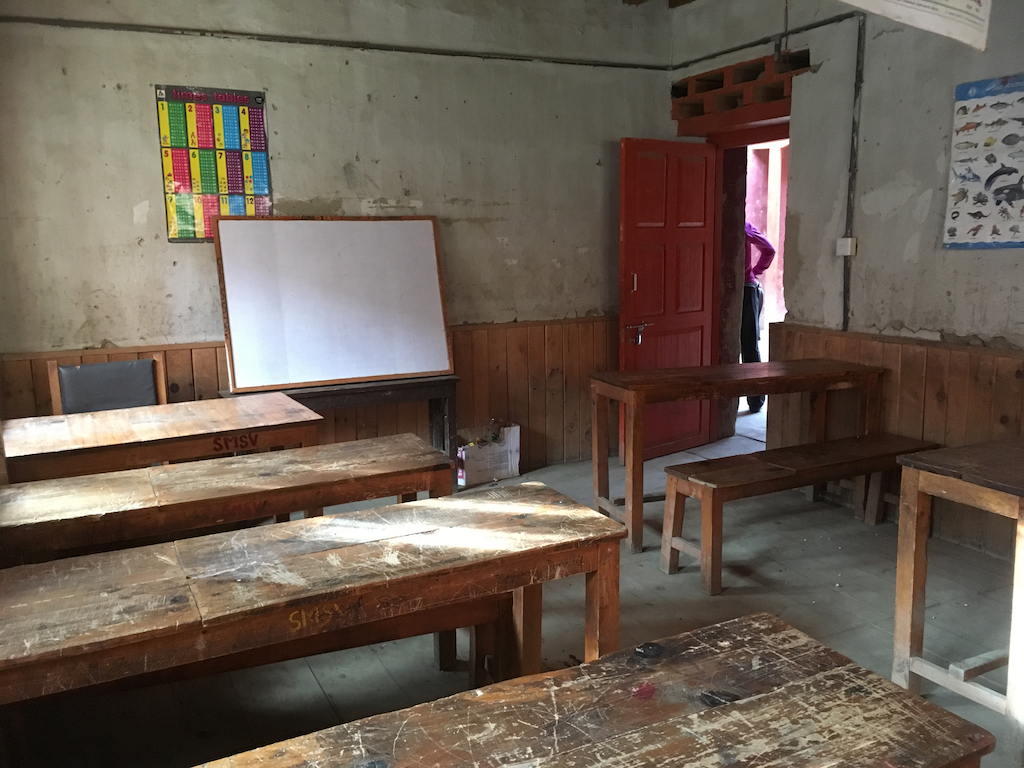

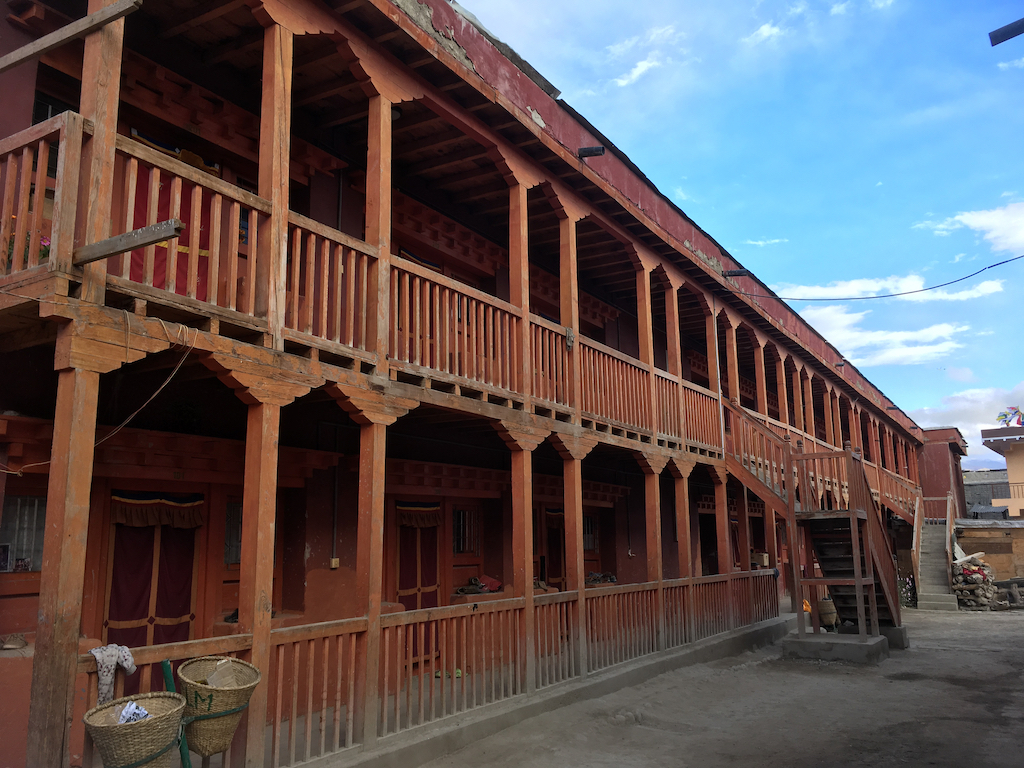



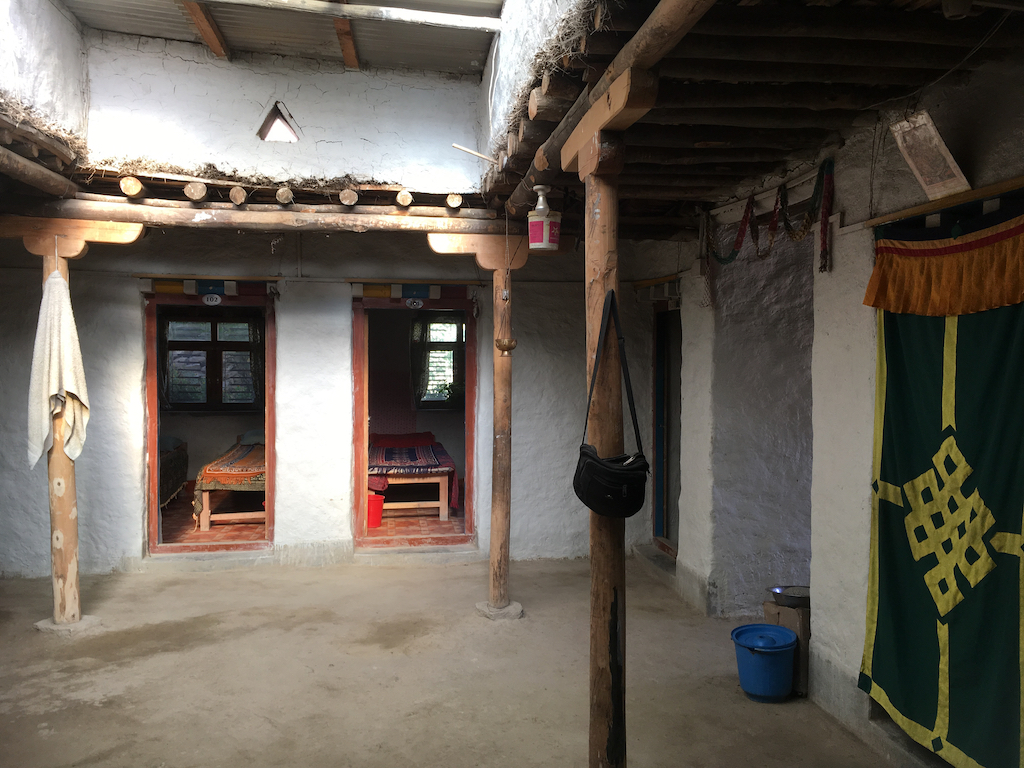




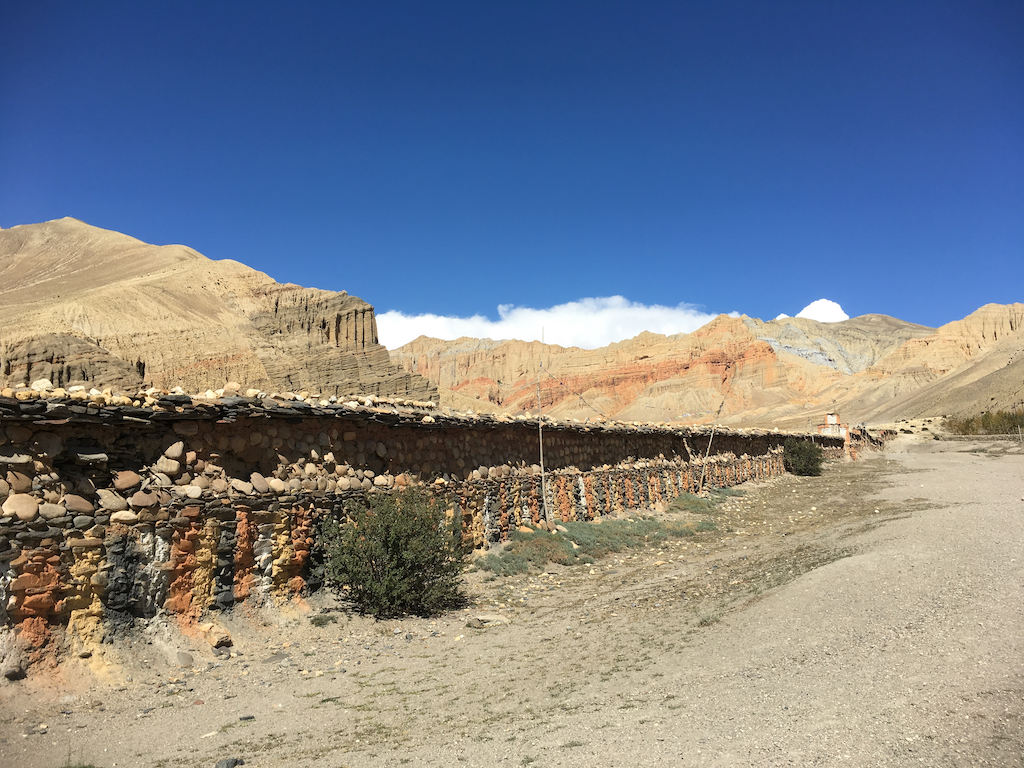



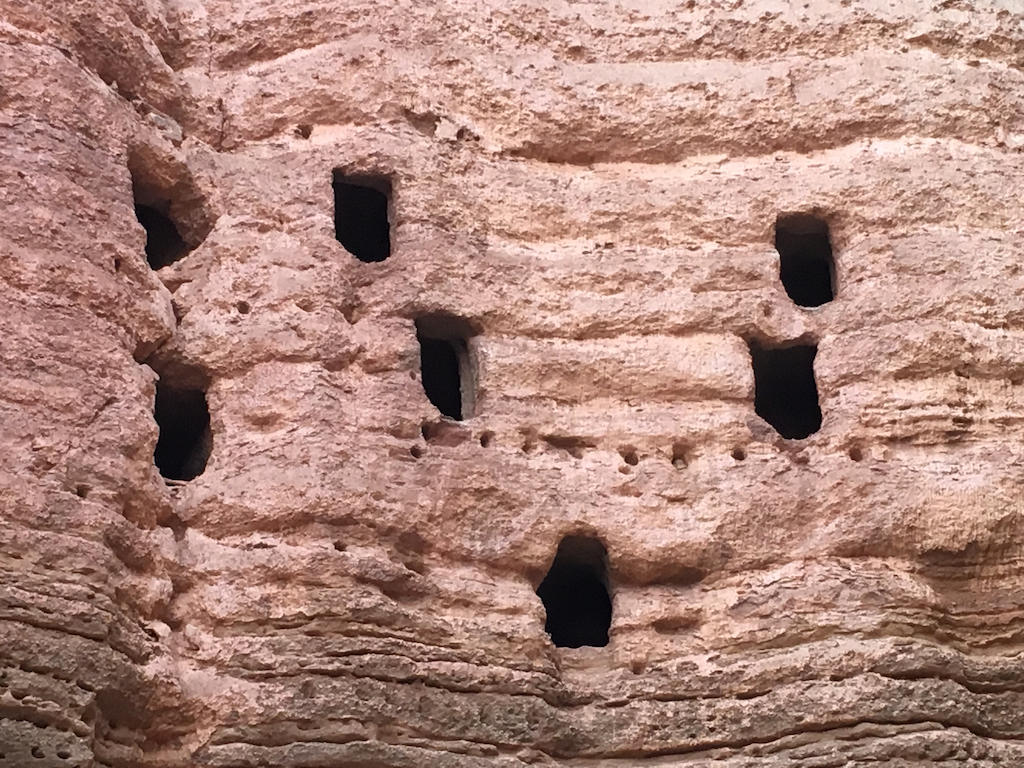




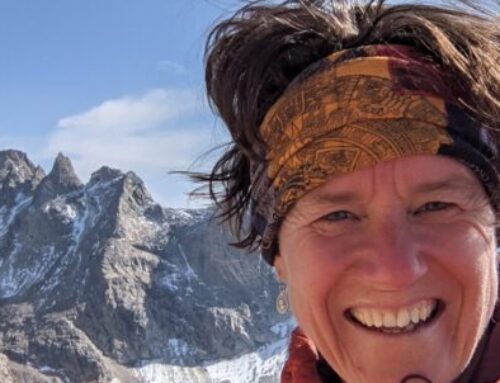
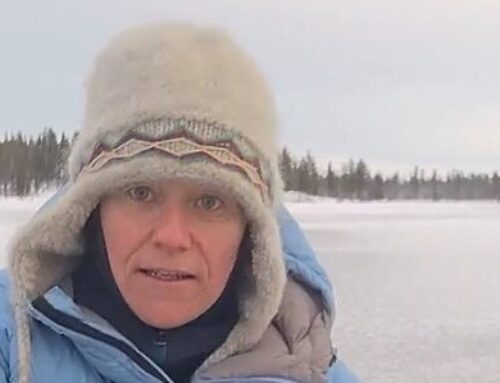
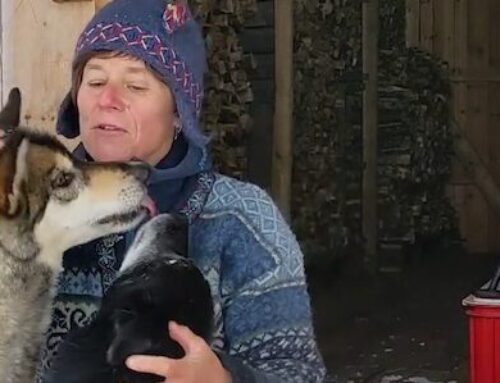
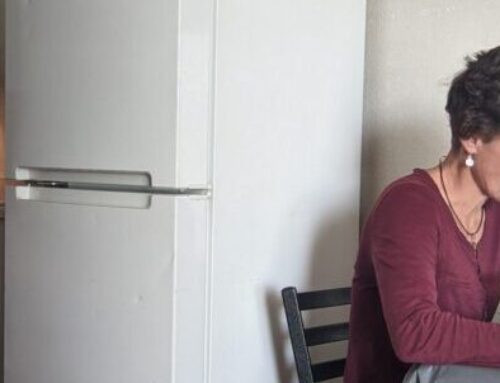
Prior experience in trekking is not mandatory. But it is good for trekkers to follow a routine like walks and jogs for a couple of months beforehand.
It helps increase one’s stamina in the high altitudes and battle with shortness of breath. This, in fact, makes your trips a lot less difficult.
If you have pre-existing medical conditions such as heart, lung, and blood diseases it is important to consult your doctor before the trek.